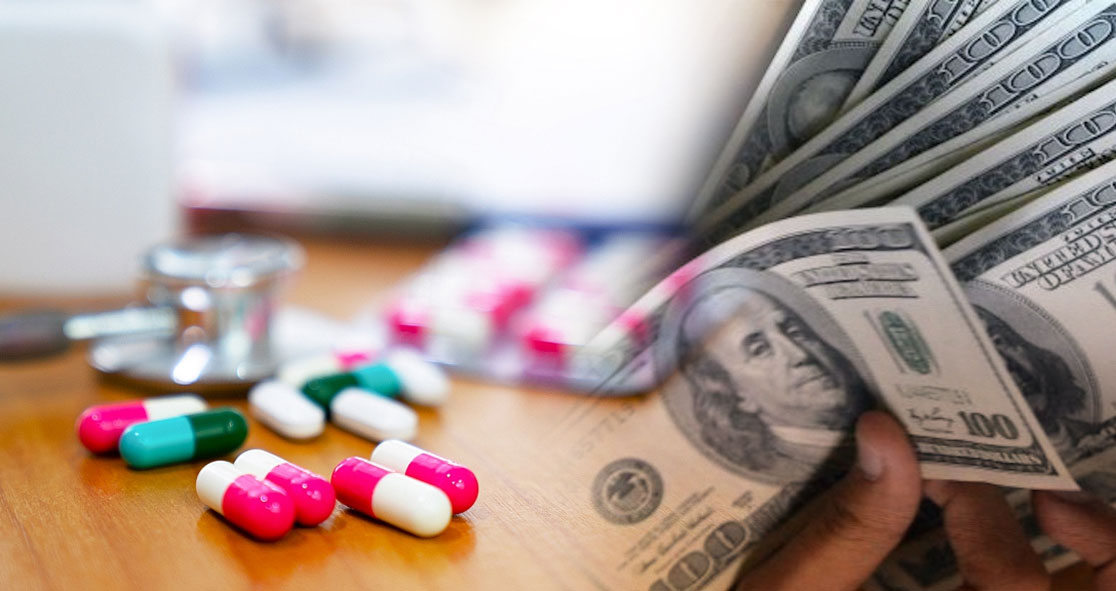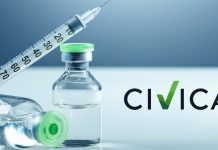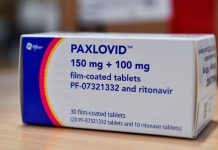As the number of people using cholesterol-lowering drugs has increased, the switch from brand to generic cholesterol drugs, which occurred from 2014 to 2018, has saved Medicare billions of dollars.
Researchers at UT Southwestern have calculated the data, published in the journal JAMA Cardiology, which suggested that policymakers and doctors could help cut Medicare costs even further by allowing more patients to use generic drugs instead of brand ones.
Cardiologist Dr. Ambarish Pandey of UTSW said, “One of the most important contributors to our health care costs is expenditure on prescription drugs. The switch to generics is an effective strategy to cut the costs incurred by health systems.”
First author of the study Dr. Andrew Sumarsono of UTSW said, “It’s important for our health care system to find avenues to become more cost-efficient and accessible. Even though there is still a lot of work to be done, it is encouraging to see how quickly patients switched to generic options once they became available.”
“This rapid switch to generics saved Medicare a lot of money,” he added.
In the United States, nearly 95 million adults have higher total cholesterol levels most of them are recommended to lower their low-density lipoprotein (LDL) cholesterol, or bad cholesterol, through a combination of lifestyle changes and cholesterol-lowering drugs, predominantly statins, which are prescribed to over 35 million Americans.
From 2010 to 2018, patents on a number of brand name statins and other cholesterol medications expired, allowing companies to start producing their generic versions. For instance, the patents of two commonly advised brand-name drugs Crestor (rosuvastatin) and Zetia (ezetimibe) expired in that period.
Dr. Pandey and his colleagues found that the total number of prescriptions for LDL-lowering medications increased by 23 percent. Despite such an increase in prescriptions for LDL-lowering drugs, total costs on these drugs have gone down.
The team discovered that the number of prescriptions for generic cholesterol drugs increased by 35 percent, from 17.8 million in 2014 to 24 million in 2018.
“This really shows how prescription patterns can have a very big influence on health care costs,” Dr. Pandey explained.
The study found that Medicare still spent nearly $10 billion on brand-name cholesterol-lowering drugs during the period. It could have saved an additional $2.5 billion by switching to generic much earlier when they were available.
Dr. Pandey noted, “Statins are one of the most important drugs to study in this context because they’re just so widely prescribed. But there are also other drugs that certainly have substantial costs to the health care system and need to be studied in this respect as well.” “It’s amazing to see these drug advances in medicine,” Dr. Sumarsono said. “But we also want to make sure that everyone who needs these drugs can afford them.”























